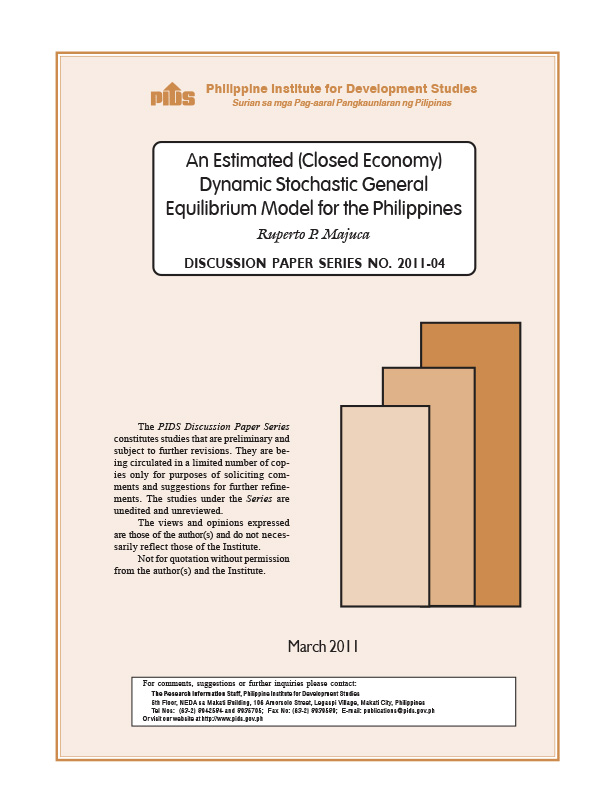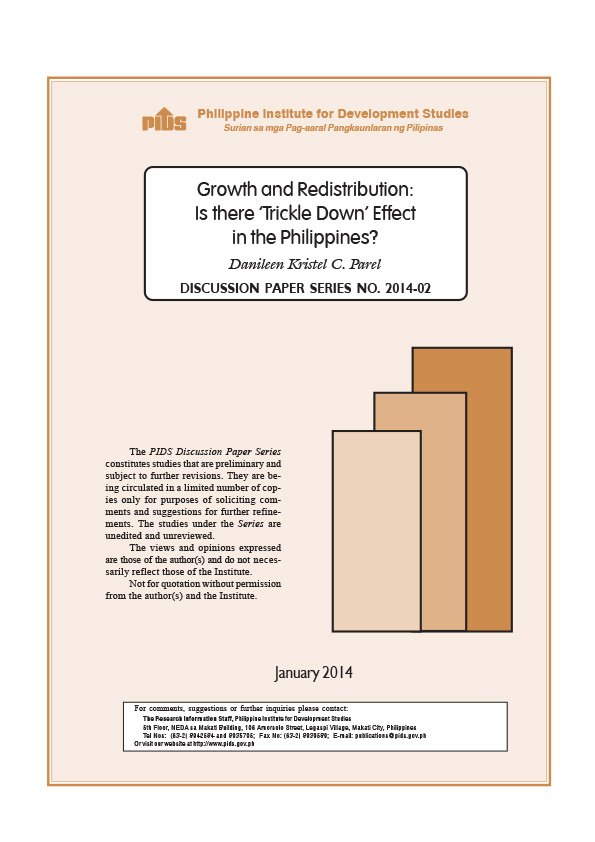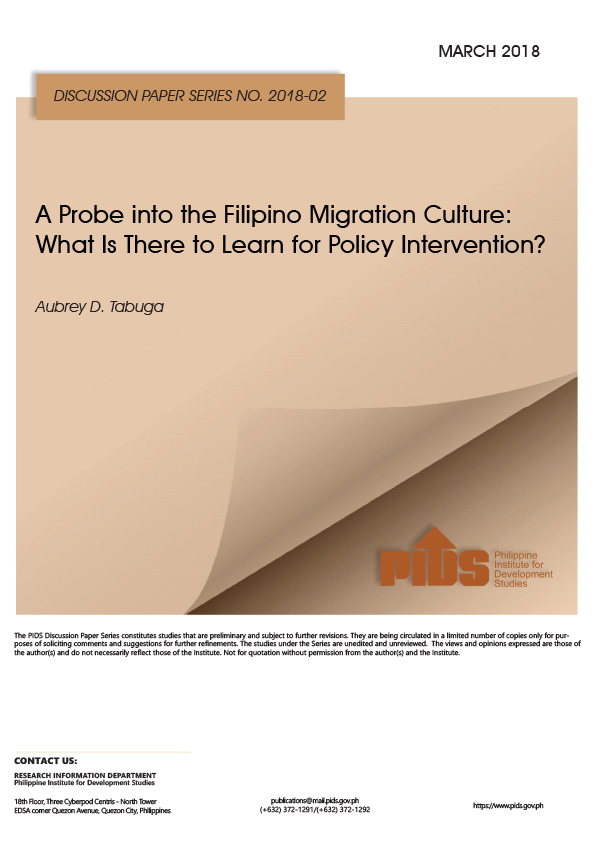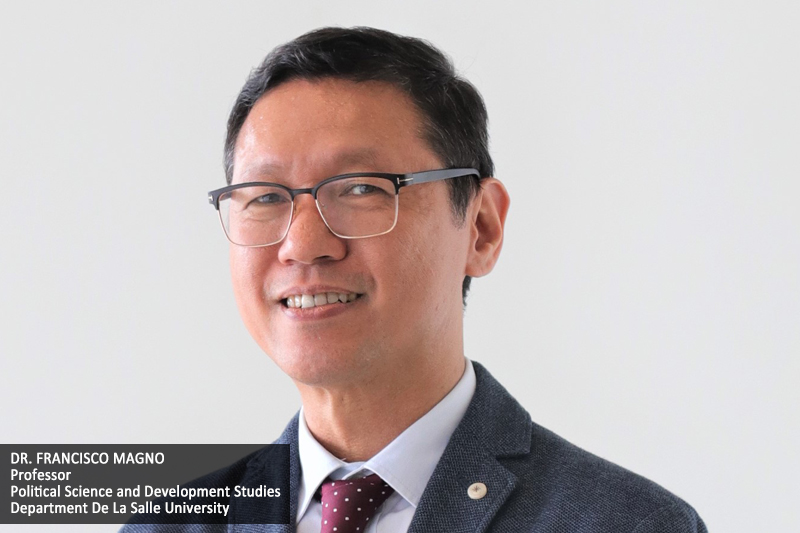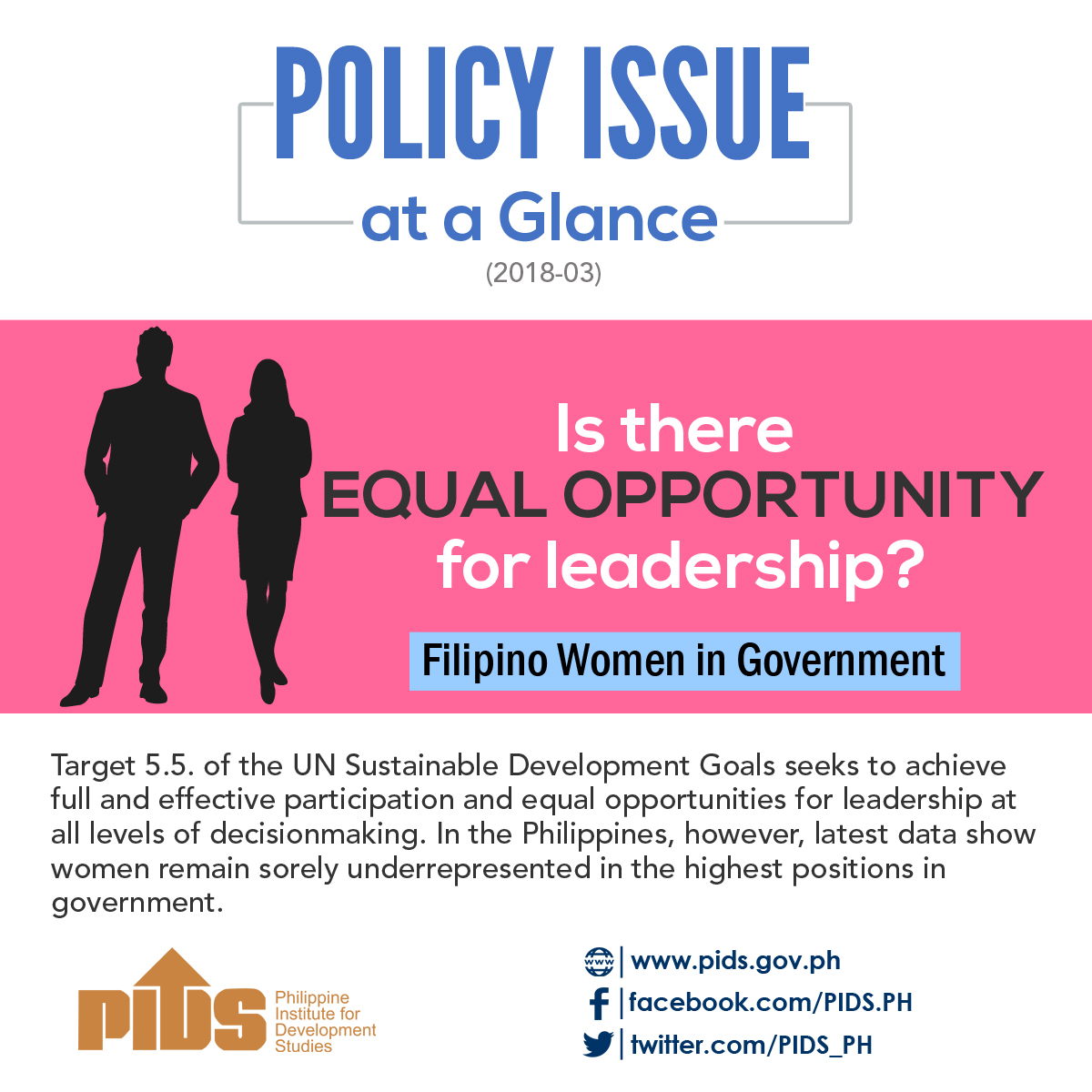THE merger of Swiss company Holcim Ltd. with French firm Lafarge SA, which is set for next year, again raises the specter of possible collusion among cement companies in the Philippines, to the detriment of the country’s infrastructure program and private-sector initiatives in construction activities. Also, the expected merging of the two European cement giants into the world’s biggest cement manufacturer, as well as shareholders’ hushed talks of a cement cartel, could finally result in a long-overdue Senate or House investigation.
Philippine think tanks’ studies on the uncanny ability of the country’s cement companies to skirt government rules for their anticompetitive behavior should now be dusted off by Congress, so that the possible collusion among cement firms can be finally scrutinized. All that’s needed is to go over the findings of, say, the Philippine Institute for Development Studies (Pids) or of other think tanks that show how the cement oligopoly has been able to rule without so much as a government inquiry into the possible manipulation of cement prices.
These prices have steadily climbed, thanks to an industry-wide practice of increasing them four times in a given year. Now, why would cement firms, through the Cement Manufacturers Association of the Philippines, have such a cartel-like practice? After all, companies raise their prices because of rising production costs, which could be caused by an increase in power prices, a higher interest rate on debts or other similar hikes.
In the Philippines cement manufacturers have already identified the dates on when they should raise their prices. Now, it’s no coincidence that all of them raise their prices at the same time. This could only mean that there is collusion among them–a fact that stands out in a Pids paper that looks at two economic variables in gauging the cartel-like practice that is prevalent in the industry: cement imports and the absence of a clear anticompetition policy.
The Pids paper shows that the entry of cement imports to disrupt the pricing strategy of the cement makers did not affect their profitability. In fact, a mathematical formula that looked at a regression analysis of their financials reveals that local cement-makers continue to generate bigger profits.
The paper, authored by Rafaelita M. Aldaba and written six years ago, shows that "[w]ith respect to the impact of trade liberalization, the results indicate that imports do not seem to have a disciplining effect on domestic firms. Given the behavior of domestic-market players, the inclusion of [the] import, penetration ratio in the H&S regression model shows that, for both leaders and followers, the coefficient on the import ratio is unexpectedly positive and highly significant.
"The results imply that imports do not seem to affect profitability and competition in the industry. Given the ability of firms to engage in anticompetitive behavior and the absence of an effective competition policy in the Philippines, the gains from trade liberalization are nullified. The country’s experience in the cement industry illustrates that trade liberalization is not a substitute for competition policy. For imports to effectively discipline the market, trade liberalization must be accompanied by strict competition policy.”
Hopefully, congressional leaders will finally start scrutinizing the cartel-like behavior of the cement firms. An investigation could do the country good by way of lower infrastructure costs, with the savings put to use in other government projects.
Need to define savings
THERE is a crying need for a clear-cut definition of savings, insofar as the Disbursement Acceleration Program is concerned. That definition is all that’s needed to have closure on that issue dividing the nation now. Just what constitutes savings? And is the President allowed to use them to fund big projects that would benefit the citizenry?
Judging from the Supreme Court’s (SC) decision on the program, the President’s use of the savings from other government agencies to pursue other projects, when implemented for worthy causes, constitutes "good faith,” and is, therefore, considered legal. That part of the decision is what adds confusion, since the SC seemed tentative on the matter of the use of the savings, which are unspent funds for projects approved in the government budget that was passed by Congress.
As correctly stated by President Aquino, the government cannot wait for savings to be used at the end of the year to pursue projects that need to be implemented immediately. And since the President’s use of the savings early in the year has been ruled as done in good faith, then it stands to reason that savings should be defined as unused funds that were used to pursue other projects immediately. That vagueness in the definition of savings is the reason for the motion for reconsideration filed by the government with the SC.

